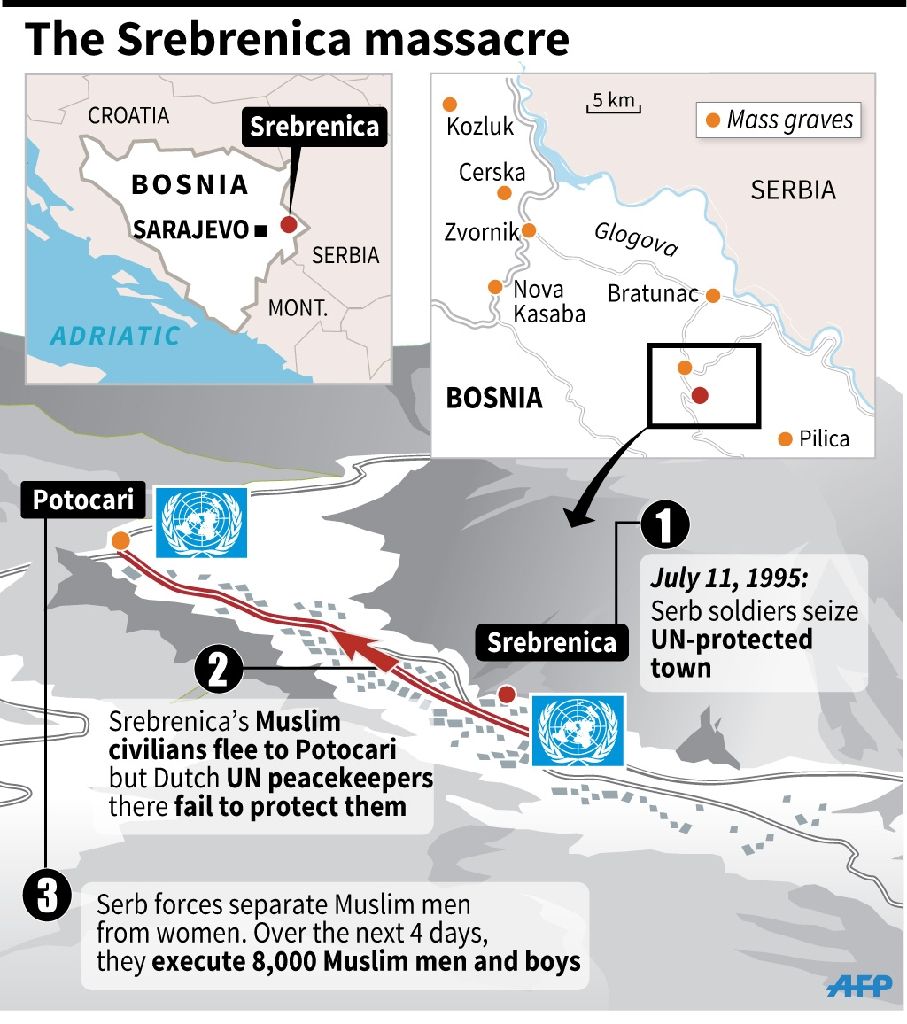7667766266
enquiry@shankarias.in
Why in news?
Commemoration services were recently held at the Srebrenica-Potocari Memorial and Cemetery in remembrance of the victims of the Srebrenica massacre.
What is the Srebrenica Massacre?
What led to this?
What happened during the Srebrenica massacre?

What was the extent of the violence?
What did the later investigations reveal?
What were the internal investigations by the governments?
What were the further developments?
What is the recent event?
Source: The Indian Express